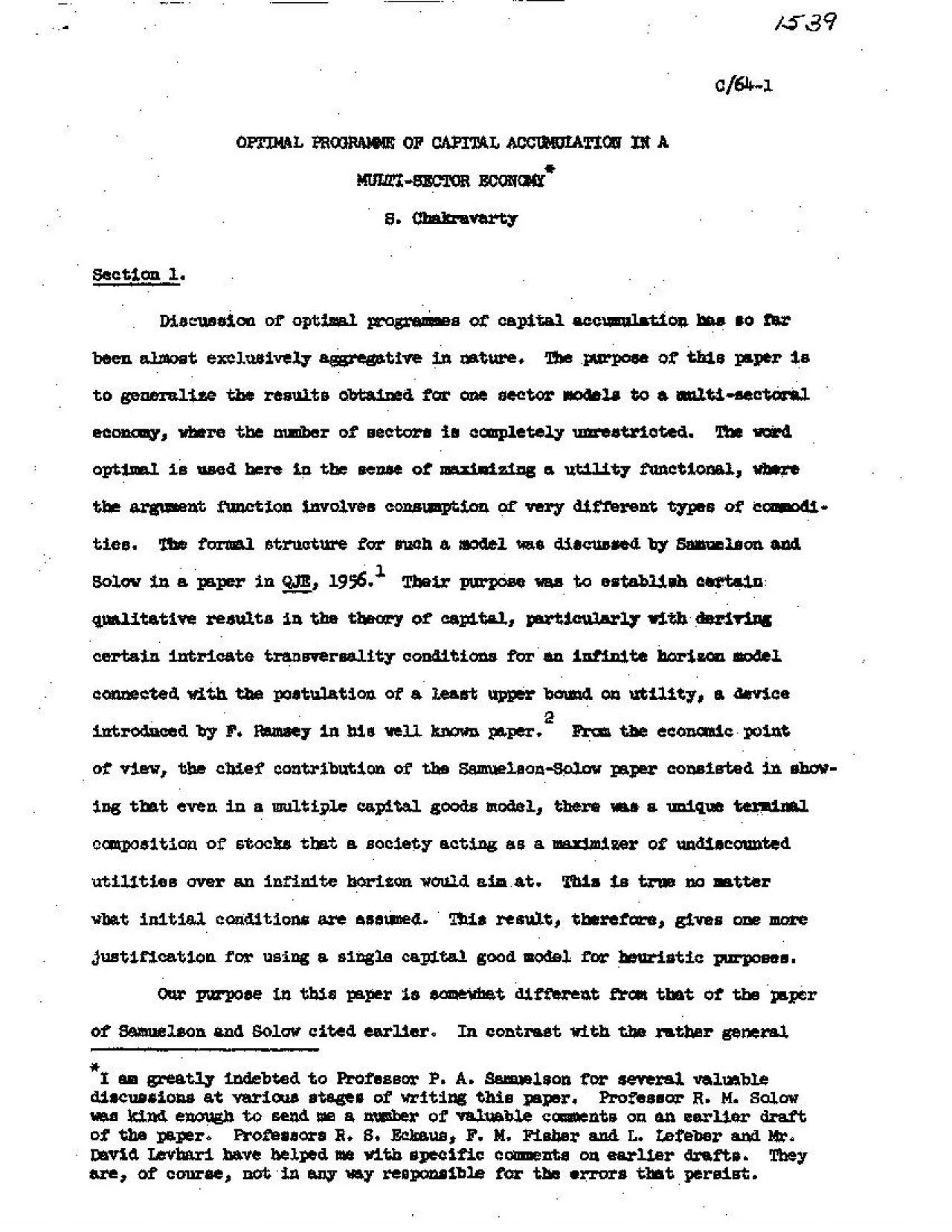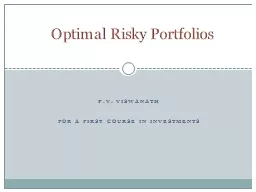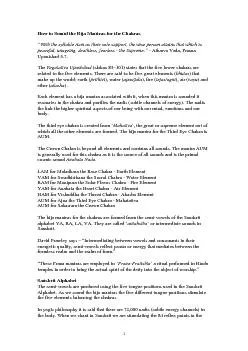PDF-OPTIMAL PROGRAME OF CAPITAL ACCUMIATION IN AMUTISECTOR ECONCWS Chakra
Author : deena | Published Date : 2021-10-07
in a never firm the cost devise a Ifadmissible functions are allowed to have piecewise continuous derivativesFor simple cases one can hope to do something through
Presentation Embed Code
Download Presentation
Download Presentation The PPT/PDF document "OPTIMAL PROGRAME OF CAPITAL ACCUMIATION ..." is the property of its rightful owner. Permission is granted to download and print the materials on this website for personal, non-commercial use only, and to display it on your personal computer provided you do not modify the materials and that you retain all copyright notices contained in the materials. By downloading content from our website, you accept the terms of this agreement.
OPTIMAL PROGRAME OF CAPITAL ACCUMIATION IN AMUTISECTOR ECONCWS Chakra: Transcript
Download Rules Of Document
"OPTIMAL PROGRAME OF CAPITAL ACCUMIATION IN AMUTISECTOR ECONCWS Chakra"The content belongs to its owner. You may download and print it for personal use, without modification, and keep all copyright notices. By downloading, you agree to these terms.
Related Documents














